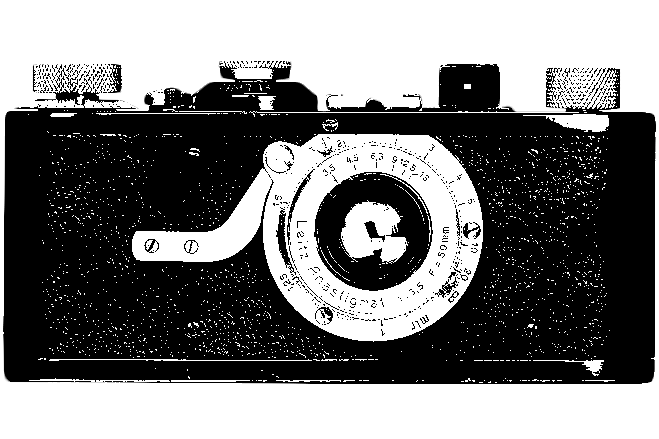ABOUT THE CAMERA
The first 35mm film Leica prototypes were built by Oskar Barnack at Ernst Leitz Optische Werke, Wetzlar, in 1913. Intended as a compact camera for landscape photography, particularly during mountain hikes, the Leica was the first practical 35 mm camera that used standard cinema 35 mm film.
LEICA 1 PHOTOGRAPHY
From around the time of 1914, Oskar Barnack must have carried a prototype camera with him, particularly during his travels – the camera first received the name Leica in 1925. Perhaps his most famous sequence of images, because it has been shown continually since, is the striking series of the floods in Wetzlar, Germany,in 1920.
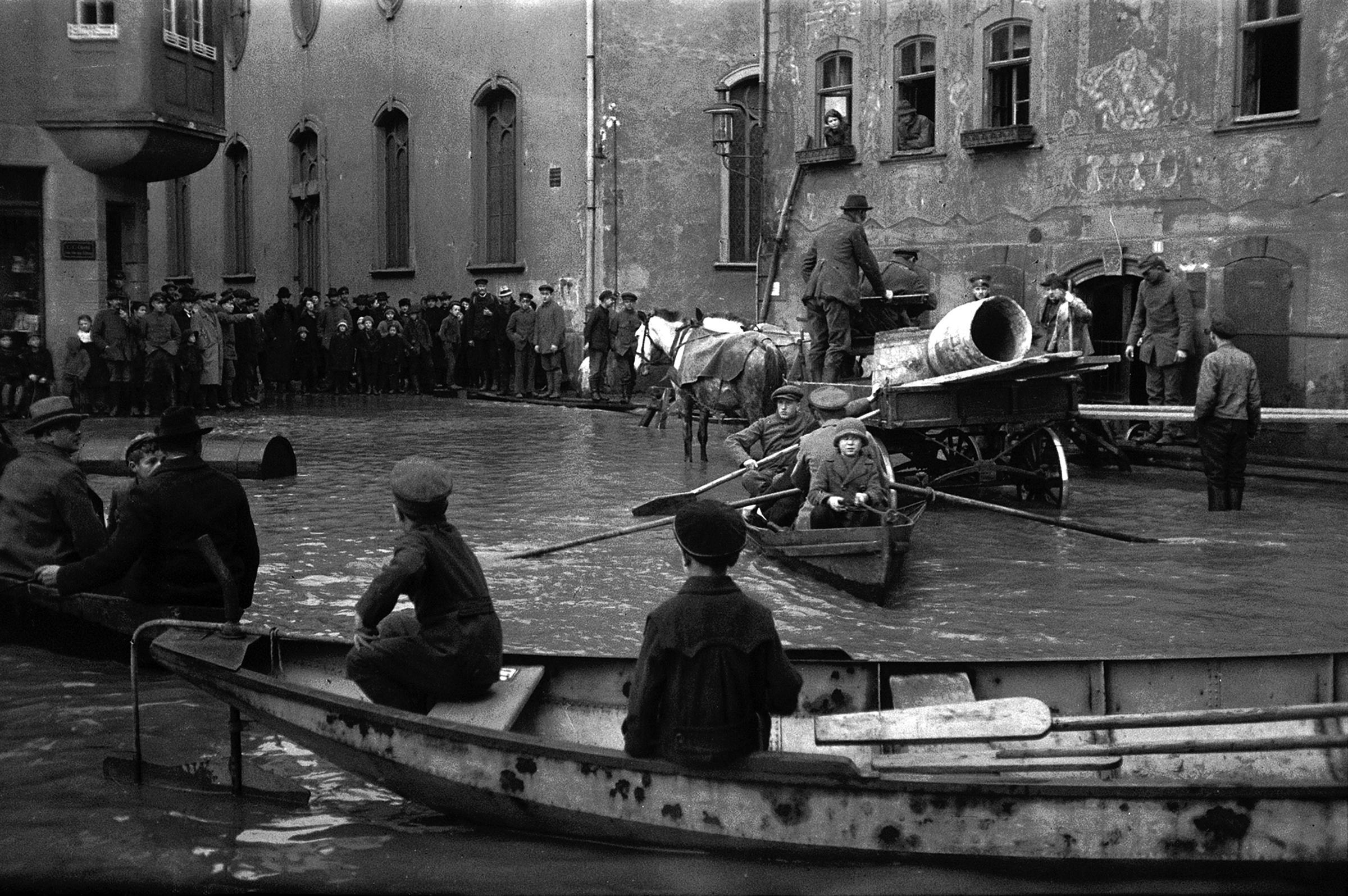
Flood in Wetzlar – Oskar Barnack, 1920
The zeppelin photos by Dr Paul Wolff and Alfred Tritschler continue to fascinate on-lookers even today. They unite a utopian aeronautic dream, technical innovation and a novel camera system that provide a new perspective and look at the world in a similar way.
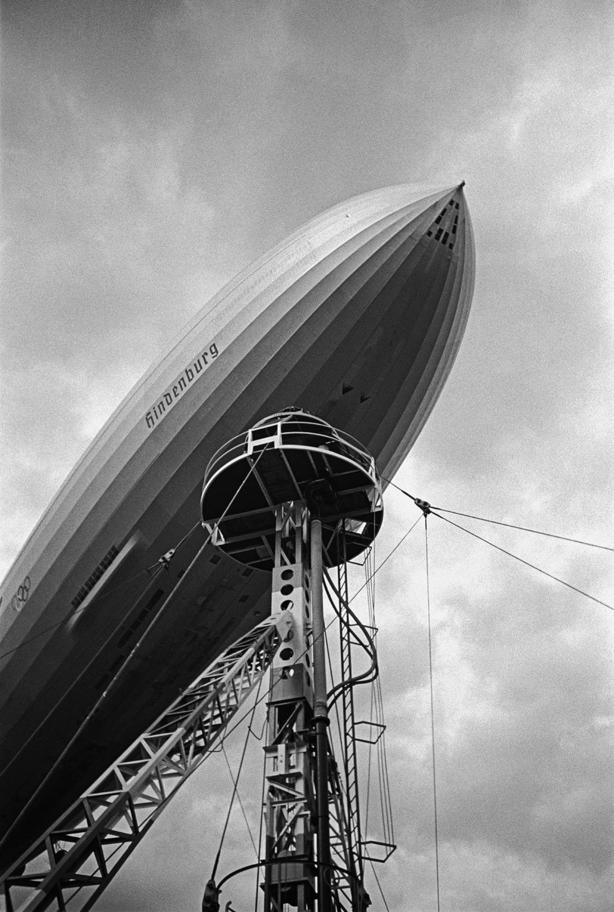
“Hindenburg” – Dr. Paul Wolff and Alfred Tritschler, 1936
Louis Stettner is a never-tiring spirit who continues to paint, draw and photograph even today. His photos are more inclined to focus on the scene’s atmosphere than its story. For this reason, they are found to be deep, honest and full of surprise.
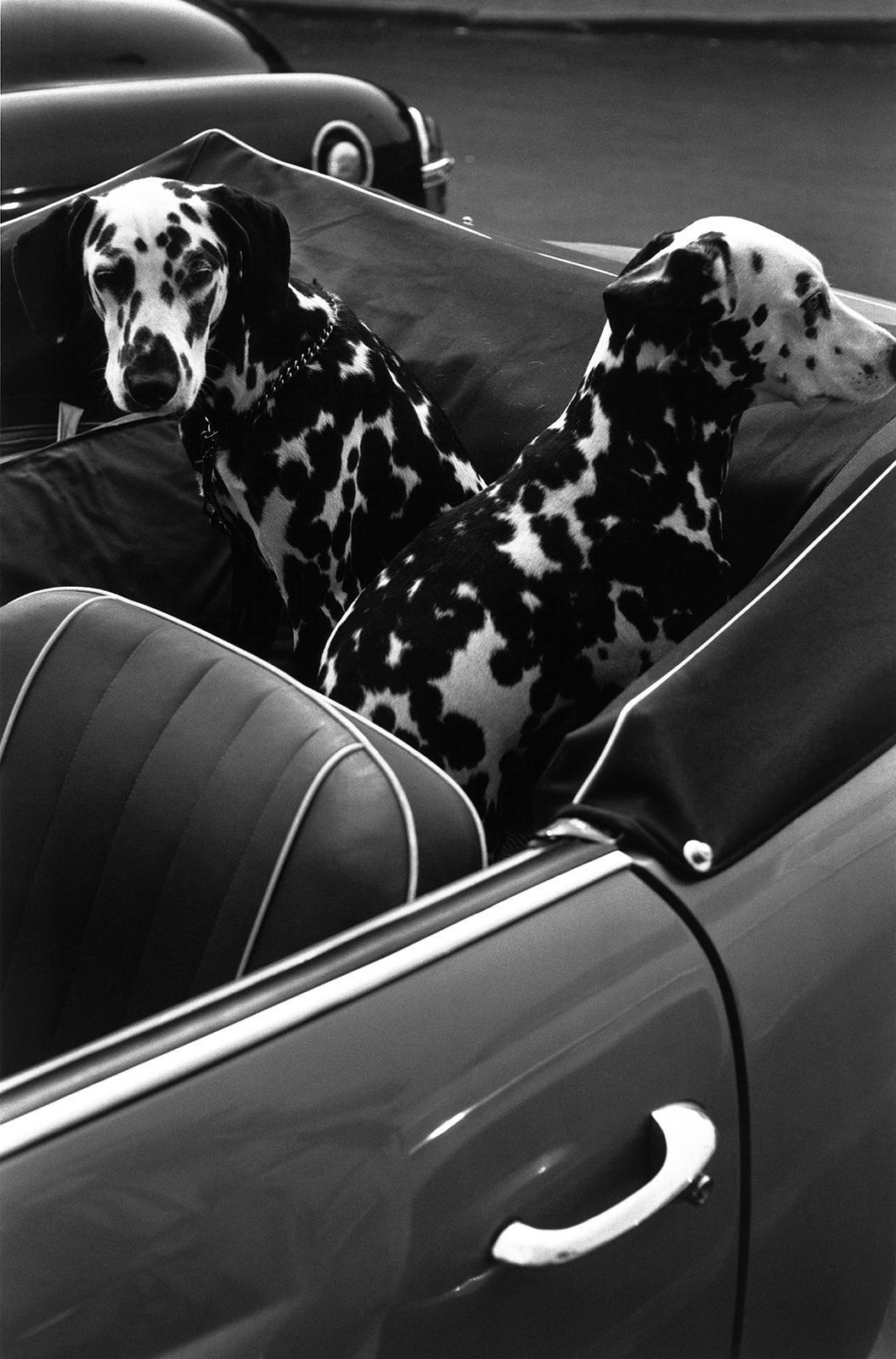
New York – Louis Stettner, 1954
Although this scene was staged, it loses none of its impact as an image and in no way hampers the resounding global response that it has achieved. The Red Army prevailed – there’s nothing more to convey in such a harmonious picture.
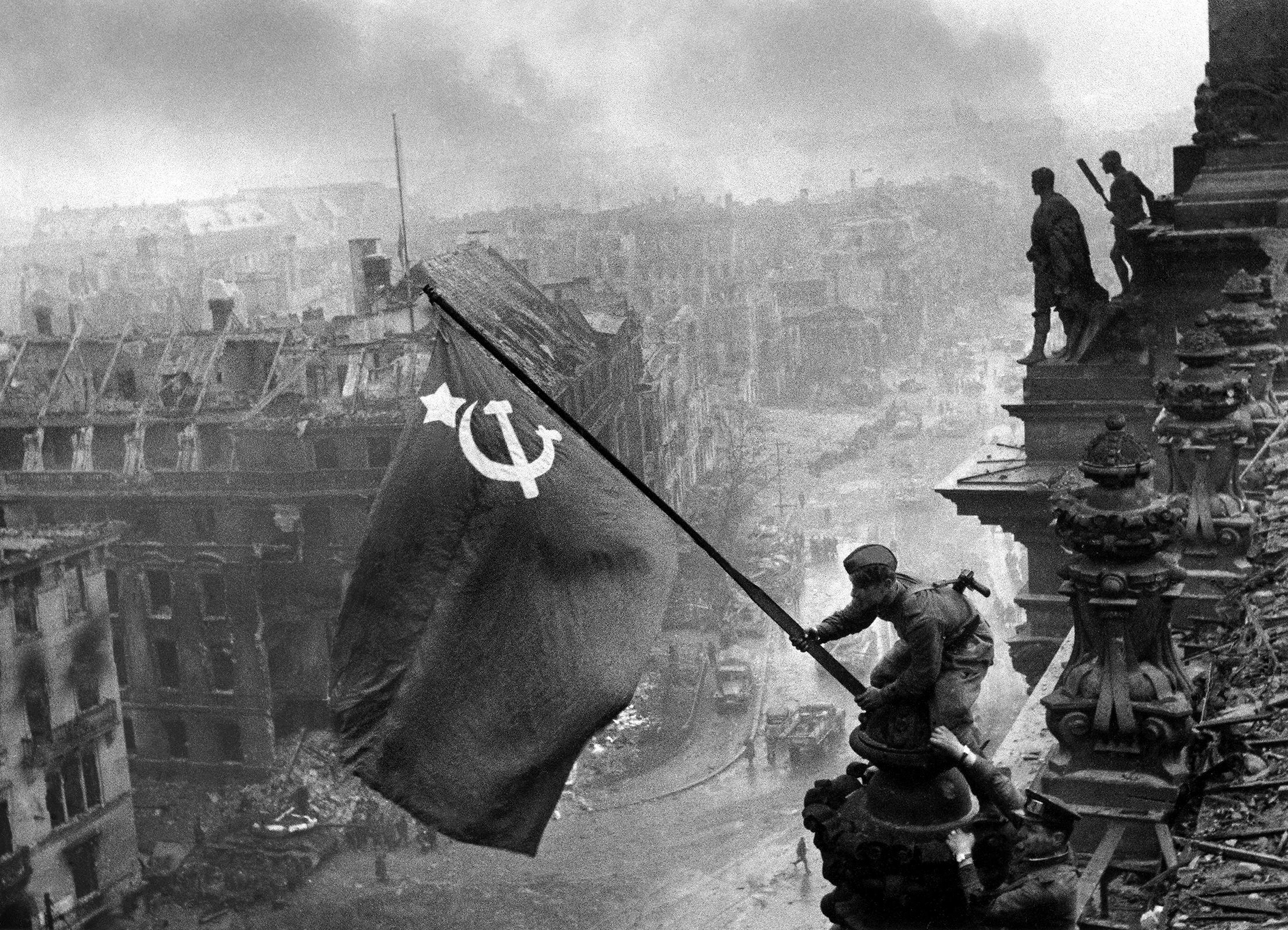
The flag of victory – Yevgeny Khaldei, 1945
